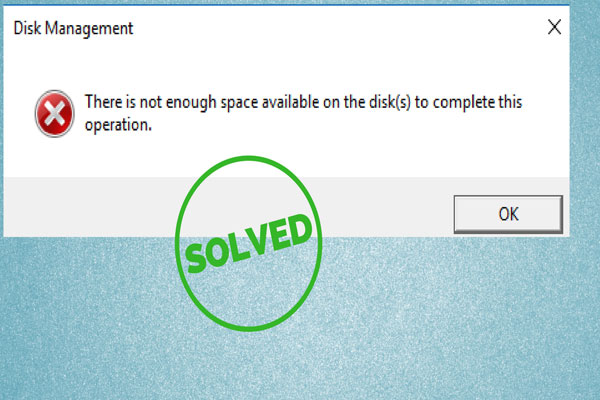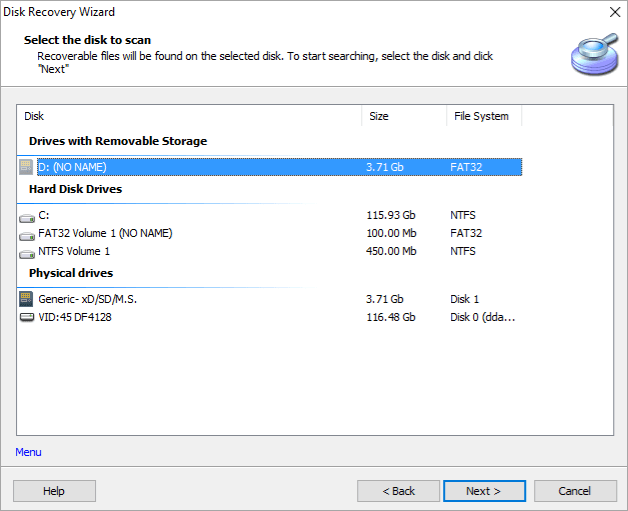
- Partition find and mount disk size is wrong update#
- Partition find and mount disk size is wrong password#
- Partition find and mount disk size is wrong windows#
Partition find and mount disk size is wrong update#
It also is used to store downloaded update packages on a temporary basis. The /var directory holds content for a number of applications, including the Apache web server. However, it is recommended that you increase the size of this partition if you are planning on retaining multiple kernel releases or errata kernels. The default partition size for /boot should suffice for most common uses. Recommended swap space if allowing for hibernation Recommended System Swap Space Amount of RAM in the system


If you want to set up enough swap space to allow for hibernation, or if you want to set the swap partition size to more than 10% of the system’s storage space, or more than 128GB, you must edit the partitioning layout manually. The maximum size of the swap partition is limited to 10% of the total size of the hard drive, and the installer cannot create swap partitions more than 128GB in size. Automatic partitioning setup assumes hibernation is not in use. If you let the installation program partition your system automatically, the swap partition size will be established using these guidelines. The following table provides the recommended size of a swap partition depending on the amount of RAM in your system and whether you want sufficient memory for your system to hibernate. See Boot Loader Installation (x86) for details. See Boot Loader Installation (x86) for details.ĮFI System Partition - A small partition required for booting a device with a GUID partition table (GPT) on a UEFI system. In other words, data is written to a swap partition when there is not enough RAM to store the data your system is processing.īIOS Boot - A very small partition required for booting a device with a GUID partition table (GPT) on a BIOS system. Swap - Swap partitions are used to support virtual memory.
Partition find and mount disk size is wrong windows#
Vfat - The VFAT file system is a Linux file system that is compatible with Microsoft Windows long file names on the FAT file system. It provides the ability to assign long file names, up to 255 characters. Using a journaling file system reduces time spent recovering a file system after a crash as there is no need to check the file system for metadata consistency by running the fsck utility every time a crash occurs.Įxt2 - An ext2 file system supports standard Unix file types, including regular files, directories, or symbolic links. The maximum supported size of an ext4 file system in CentOS is currently 50 TiB.Įxt3 - The ext3 file system is based on the ext2 file system and has one main advantage - journaling. Note that standard partitions are named automatically when they are created and their name cannot be edited, such as /home being assigned the name sda1. Name - assign a name to an LVM or Btrfs volume. Labels are used for you to easily recognize and address individual partitions. Note that newly created partitions and volumes must be reformatted, and the check box cannot be unchecked in this case. Check the adjacent Reformat box to format an existing partition, or leave it unchecked to retain your data. Similarly, if you select LVM, you can specify the Volume Group.įile system - in the drop-down menu, select the appropriate file system type for this partition or volume. RAID is only available if two or more disks are selected for partitioning, and if you choose this type, you can also set the RAID Level.
Partition find and mount disk size is wrong password#
You will be prompted to set a password later. Check the adjacent Encrypt box to encrypt the partition or volume. The default is MiB if no other unit is specified.ĭevice type - choose one of these types: Standard Partition, LVM, RAID, LVM Thin Provisioning, or BTRFS. You can use common size units such as KiB or GiB. For a swap file system, the mount point should not be set - setting the file system type to swap is sufficient.ĭesired Capacity - enter the desired size of the file system.

For example, if a file system should be the root file system, enter / enter /boot for the /boot file system, and so on. Mount Point - enter the file system’s mount point.


 0 kommentar(er)
0 kommentar(er)
